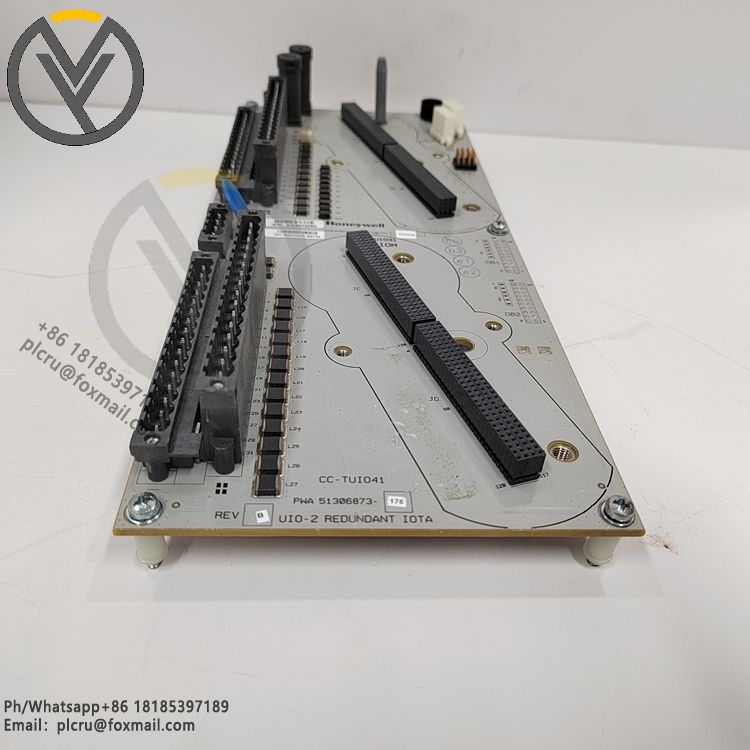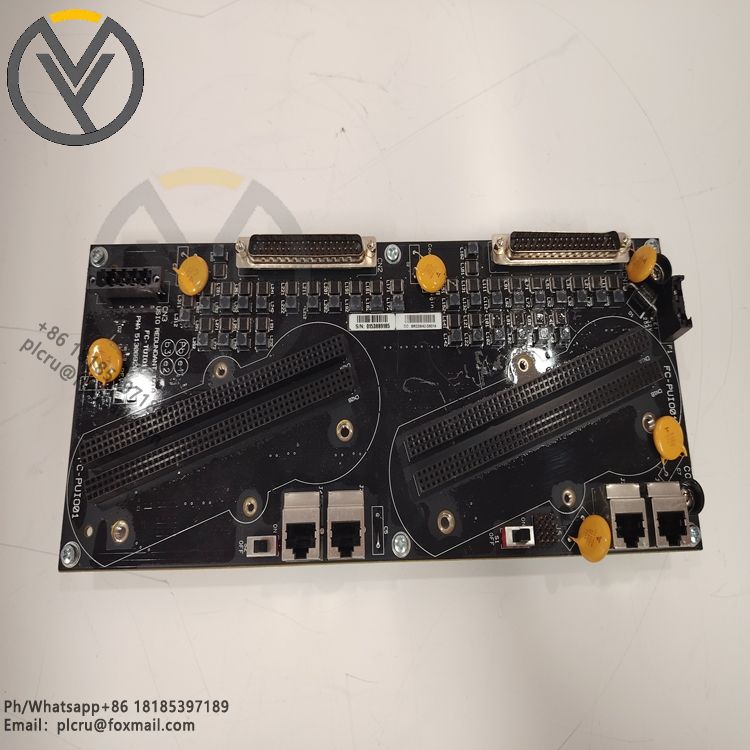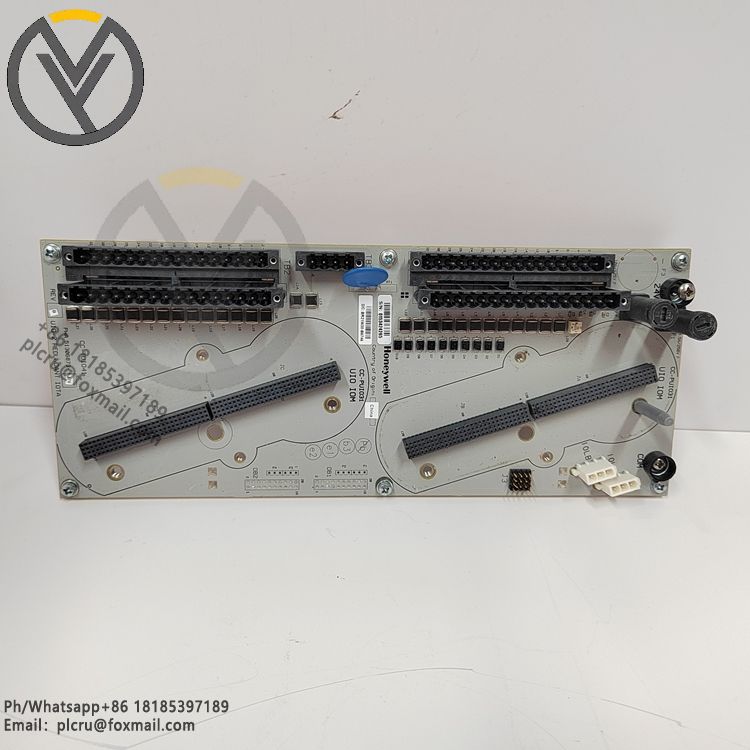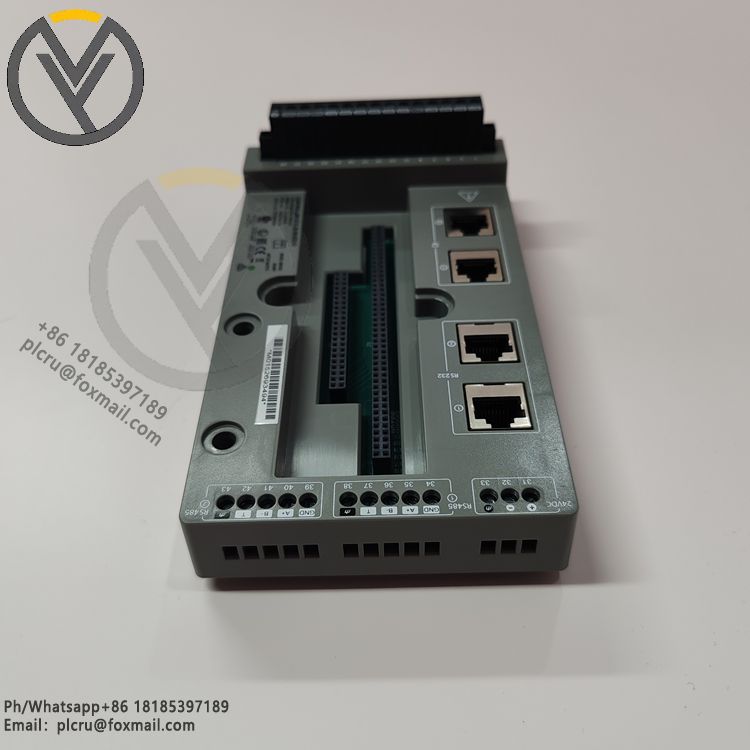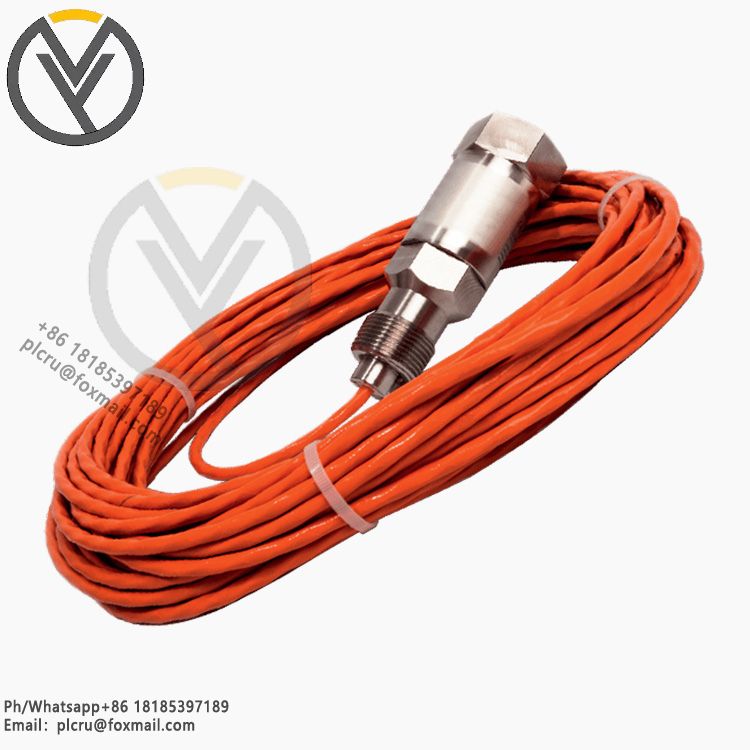
Honeywell 261A1812P012 UV Flame Sensor
Delivery time 3 days
Product origin New/used
Email plcru@foxmail.com
Mobile/wechat /WhatsApp +86 18185397189
Honeywell 261A1812P012 UV Flame Sensor is a UV flame sensor produced by Honeywel
Honeywell 261A1812P012 UV Flame Sensor is a UV flame sensor produced by Honeywell. Here is its introduction:
Working principle: When the combustible material burns or explodes, it will radiate strong energy ultraviolet light at a very fast speed (3-4 milliseconds). The core of the sensor is a UV phototube, which is sensitive to ultraviolet light in the wavelength range of 185 to 260 nanometers. When the ultraviolet light in the flame shines on the phototube, it will cause the phototube to excite discharge, thereby generating a current signal, which can be transmitted to the controller for processing to determine whether there is a flame.
Application scenario: It can monitor hydrocarbon flames (such as gasoline, propane, methane, alcohol, etc.) and non-hydrocarbon flames (such as hydrogen, silane, hydrazine, magnesium, etc.). It is suitable for industrial facilities that respond quickly to flame information and issue alarms, such as flame monitoring of gas and oil industrial boiler burners.
Product features: It has the advantages of high sensitivity and fast flame response speed. It is only sensitive to ultraviolet rays generated by flames, has no reaction to light and high temperature radiation from the furnace, and has strong anti-interference ability. However, lightning, electric arc, welding light and sunlight through the ozone hole may cause false alarms, so it is not suitable for places where welding arcs and electric arcs are often generated, nor is it suitable for places exposed to lightning light.
Installation and maintenance: During installation, ensure that the quartz glass is free of dirt, fingerprints, dust and oil stains. If compressed gas is required to cool the lens, connect the oil-free and filtered compressed air pipeline, and align the lens with the window glass on the burner to observe the flame, and connect the fixing screws. During use, the front end of the probe needs to be cleaned regularly, and a heat-resistant glass cover needs to be added if necessary to maintain its good performance.


